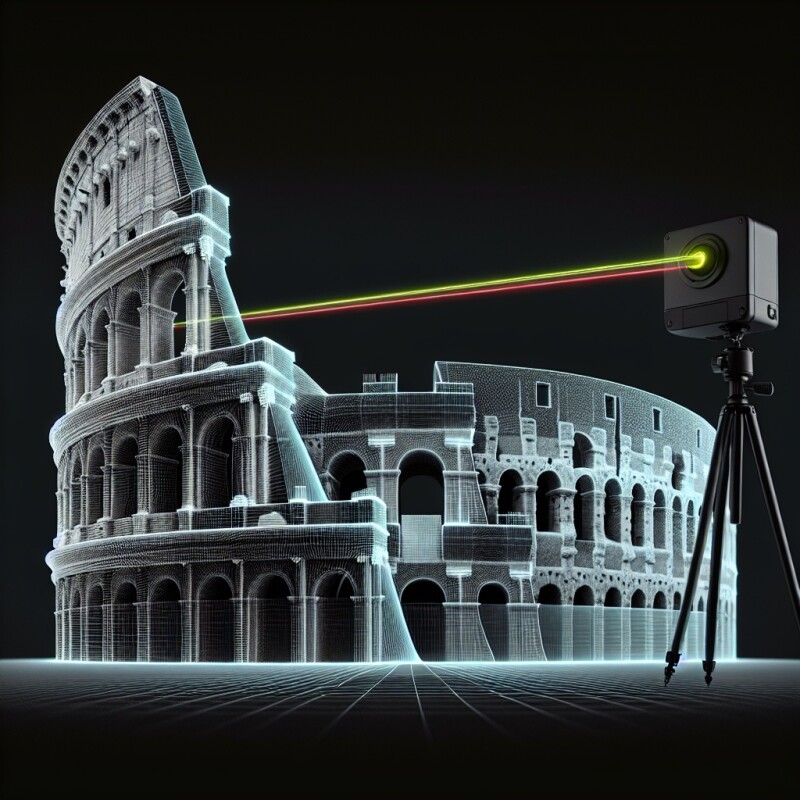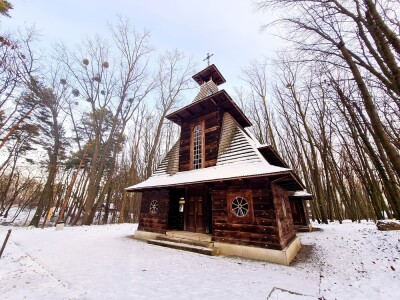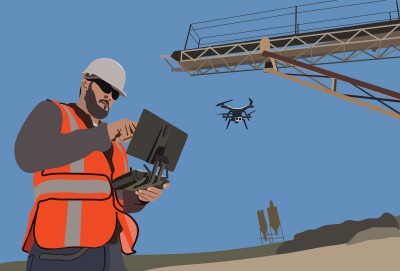When you really sit back and think about things from a broader perspective, it’s really remarkable how much we know about our past. Thanks to record keeping in the past as well as tireless work from archeologists today, there is enough on-record, and there have been enough discoveries, to have a strong general idea of what the world was like centuries ago. That said, it’s easy to think about how much we don’t know. Whether due to deterioration of structures, a lack of contemporary record keeping, or just artifacts that have yet to be discovered, there’s undoubtedly aspects of past life that has been lost to time.
That becomes less common as time goes on, as new technologies have long made it easier to track life of the past. The printing press made mass production of written work possible, and now today everything can be stored digitally, often on-record on the internet. Along with that, our physical world is easier to maintain – whether that be physically or digitally – thanks to the growth around reality capture. Today, we share a handful of recent Geo Week News stories highlighting some examples of how important historical structures and areas are utilizing reality capture to maintain that history.
Find links to the full stories below.
Democratized Laser Scanning Technology Protects Cultural Heritage
Before getting into some of the specific projects covered by Geo Week News in which reality capture was used for historical preservation, it makes sense to start with a more general look at the phenomenon. Specifically, this article looks at trends around accessibility for reality capture tools in general and how that has an effect on this space more pointedly. The main takeaway? More people having access to this technology means more history that can be properly preserved.
Before the bombs fall: The race to digitize Ukrainian cultural heritage sites
Over two years ago, Russia entered Ukraine to start a war that is going on to this day, devastating parts of the country, and along with it some of the nation’s most important structures. In this article, our own Carla Lauter speaks with a pair of co-founders of Skeiron, a reality capture company headquartered in Ukraine. The article dives into the duo’s mission to capture as much of the country’s cultural heritage as possible, whether it’s for immediate rebuild or something for future generations to reference.
Artec 3D’s hardware and software is being used to preserve heritage in Ukraine
This article continues on from the work outlined in the article discussed above. Here, Geo Week News spoke with Artec 3D, a manufacturer of 3D scanners. The company has provided their tools to workers in Ukraine – including Skeiron – who have been using the tools to scan everything from important buildings in the country, down to specific artifacts, all with the goal of maintaining this digital record.
Creating a Digital Twin of the iconic St. Peter’s Basilica
Whereas the work in Ukraine discussed above was not necessarily for immediate rebuilding, this next case is indeed for current renovations. St. Peter’s Basilica in Vatican City is among the most significant religious buildings on the planet, and ahead of next year’s Jubilee celebration they wanted to complete some renovations. Italian infrastructure company Italferr was tasked with creating a digital twin of the building for that renovation, and Geo Week News spoke with them about the work done to create that model, a task that came with some extra challenges given the tourist interest in the building and the overall spiritual significance.
Using reality capture to keep the Crystal Palace Dinosaurs alive
At Crystal Palace Park in Bromley, a borough of London, there are a series of famous statues from the mid-19th century. The sculptures feature dinosaurs, but not really the ones most of us would picture. In fact, many of the sculptures are of dinosaurs that we're even real, but rather what the scientific community thought were real dinosaurs (and other prehistoric animals) back in the mid-1800’s. It’s a great glimpse into what was believed in those times, while also being fun to examine. Unfortunately, recent years have seen some of these structures start to deteriorate, leading to a project led by Historic England to digitally preserve these figures as a guide for future restoration projects.
Scientists Create 3D Digital Archive of Former Gold Rush Town
Finally, instead of an entire building or structure, we look at the preservation of an empty town. Here, we are talking about the digital preservation of a ghost town from California that was once bustling during the gold rush. In this case, instead of physically preserving the area that has been hurt in recent years by environmental factors, the group is creating a digital archive that can make the town accessible to future generations, even those who are not close by.






